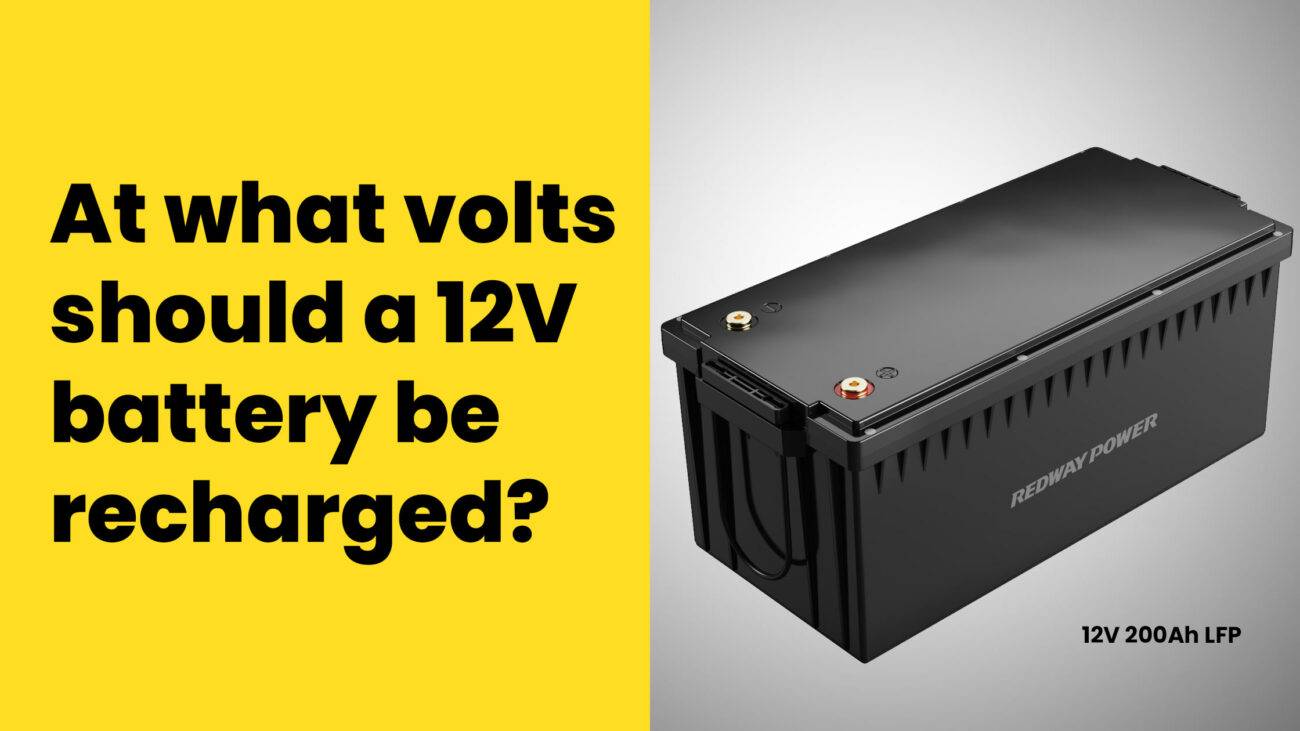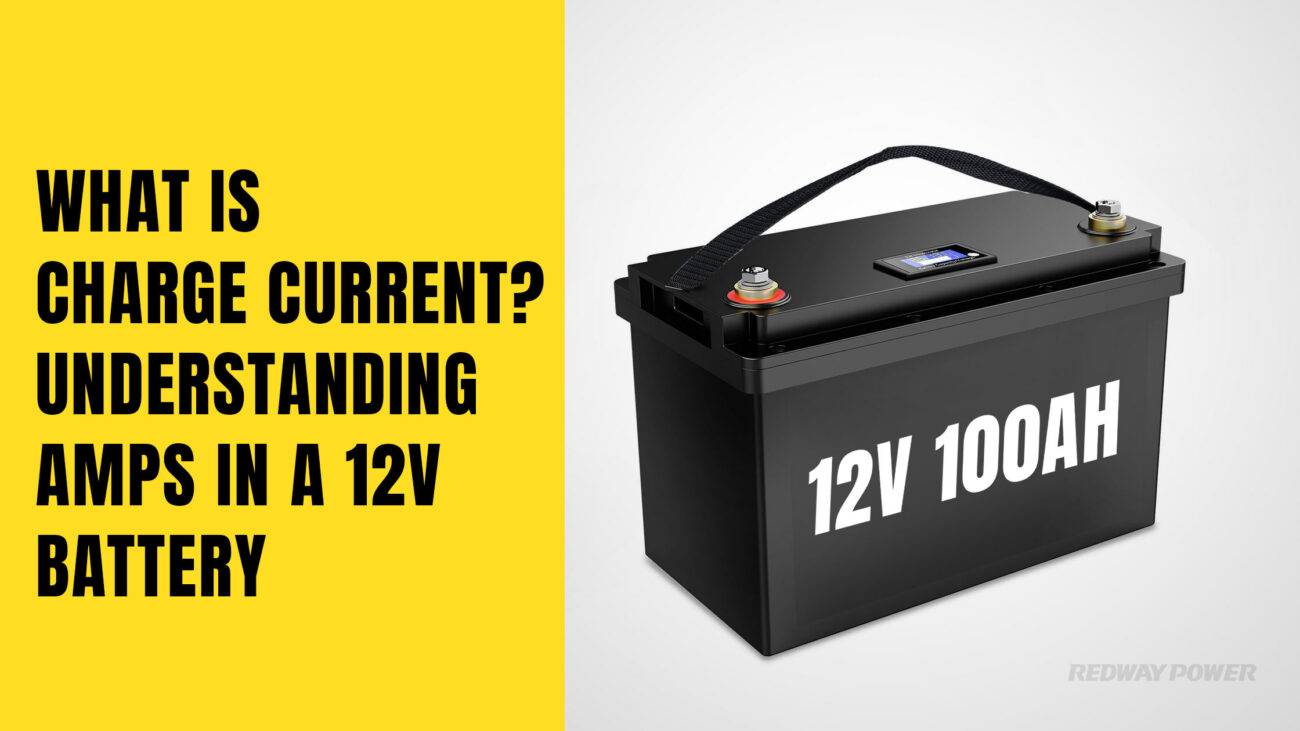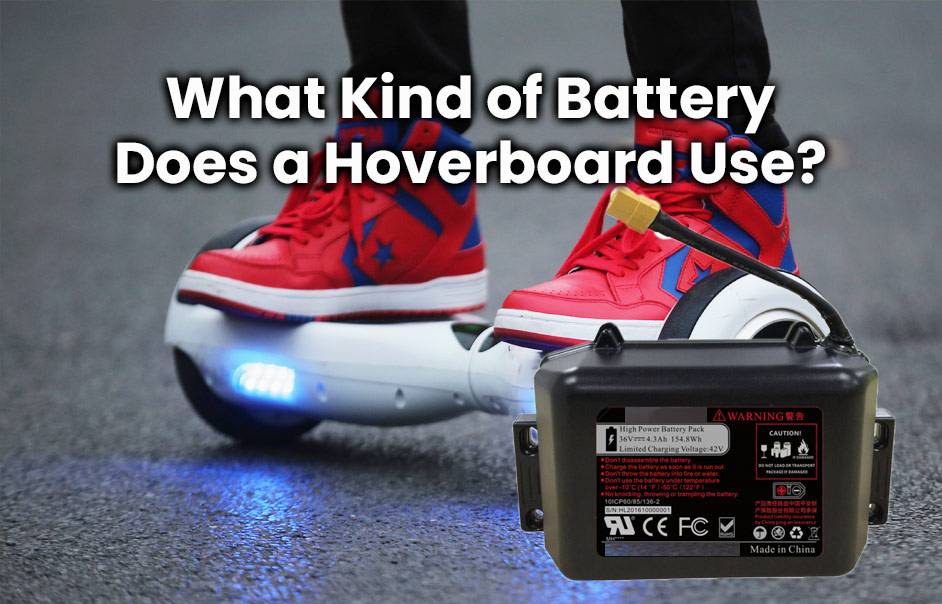Owning a hoverboard is thrilling, but safety is paramount. A common concern is whether it’s safe to leave a hoverboard charging overnight. In this post, we explore the risks, safety factors, and tips for worry-free charging. Let’s dive into the essentials!
The Risks of Leaving a Hoverboard Charging Overnight
Charging your hoverboard overnight comes with potential risks, primarily associated with the lithium-ion batteries commonly used in these devices. Understanding these risks is crucial for making informed decisions about overnight charging safety.
- Overheating Risk:
- Lithium-ion batteries can become unstable and overheat during prolonged charging, leading to potential dangers such as fires and explosions. It’s essential to avoid exposing the batteries to excessive heat.
- Overcharging Hazard:
- Leaving the hoverboard plugged in beyond its recommended charging duration risks overcharging, which can damage the battery and even lead to complete failure. Overcharged batteries may also pose safety threats, including leaks or swelling.
- Power Surge Concerns:
- Unsupervised charging increases the likelihood of power surges, potentially causing damage not only to the hoverboard but also to other connected electronic devices. Following manufacturer guidelines and specifications is crucial to prevent such incidents.
Always refer to your hoverboard’s specific instructions and recommendations for safe charging practices to mitigate these risks and ensure the longevity of your device.
Factors that Affect the Safety of Overnight Charging
Several factors influence the safety of leaving your hoverboard charging overnight. Understanding these factors is crucial for making informed decisions about the safety of overnight charging practices.
- Battery Quality and Condition:
- The quality and condition of your hoverboard’s battery are paramount. Older or damaged batteries may be more susceptible to overheating or malfunctioning during extended charging periods. Regularly check and ensure the health of your battery.
- Charger Quality:
- Using a reputable charger designed for your hoverboard is essential. Cheap or knockoff chargers can pose electrical risks and fire hazards. Stick to the original charger that came with your hoverboard to ensure optimal compatibility and safety.
- Charging Environment:
- The charging environment matters. Opt for a well-ventilated area without flammable materials nearby. Avoid placing the hoverboard on soft surfaces, as this can hinder airflow and contribute to overheating risks.
- Device Age and Usage Patterns:
- Consider the age and usage patterns of your hoverboard. Extensive use over the years may lead to wear and tear on internal components, potentially increasing the risk of hazards during overnight charging.
- Manufacturer Guidelines:
- Always adhere to manufacturer guidelines regarding charging time limits. Some recommend specific durations to avoid potential risks. Following these recommendations ensures safe overnight charging practices.
By assessing battery health, using the correct charger, choosing an appropriate charging environment, considering device age, and strictly following manufacturer guidelines, you can confidently decide whether it’s safe to leave your hoverboard charging overnight while prioritizing safety.
How to Determine if Your Hoverboard is Safe to Leave Charging Overnight

Ensuring the safety of your hoverboard is paramount when considering overnight charging. Despite built-in safety features, it’s essential to assess the suitability of your specific model for this practice. Follow these key steps to make an informed decision.
- Refer to Manufacturer’s Guidelines:
- Always consult the manufacturer’s guidelines for your hoverboard model. These instructions provide crucial information on charging duration and necessary precautions to maintain safety during overnight charging.
- Inspect Battery Condition:
- Regularly check your hoverboard’s battery for signs of damage, such as swelling or leaking. If any issues are detected, it may not be safe to charge overnight. Seek professional advice or contact the manufacturer for guidance in such cases.
- Use a High-Quality Charger:
- Invest in a charger specifically designed for your hoverboard model. Using counterfeit or incompatible chargers increases the risk of overheating and fire hazards during extended charging periods. Opt for quality to ensure safety.
- Monitor Charging Process:
- If possible, keep an eye on your hoverboard while charging overnight. Monitoring its temperature and checking for abnormalities can help prevent potential accidents and ensure a safer charging experience.
Remember that each hoverboard model is unique, and following these steps will empower you to make a well-informed decision about the safety of leaving your particular hoverboard charging overnight without compromising its lifespan or risking potential hazards.
Safety Measures for Overnight Charging
Ensuring the safety of your hoverboard during overnight charging is paramount due to reported incidents of accidents and fires. To protect your hoverboard and your home, follow these essential safety measures:
- Use a Quality Charger:
- Stick to the charger provided with your hoverboard or a reputable brand recommended by the manufacturer. Avoid cheap or counterfeit chargers, as they can increase the risk of overheating and electrical malfunctions.
- Charge in Well-Ventilated Area:
- Opt for open spaces with good air circulation when charging your hoverboard. Avoid confined areas to minimize the risk of heat buildup, reducing the potential for fire hazards.
- Never Leave Unattended:
- Resist the temptation to leave your hoverboard charging overnight without supervision. It’s safer to keep an eye on it during the charging process and ensure someone is present nearby.
- Follow Manufacturer Instructions:
- Read and strictly adhere to the manufacturer’s guidelines for safe charging practices specific to your hoverboard model. These instructions provide crucial information for a secure charging experience.
Remember, these safety measures serve as guidelines, and your personal intuition should play a role in deciding whether it’s safe for you to leave your hoverboard charging overnight.
Alternatives to Leaving a Hoverboard Charging Overnight
Prioritizing safety over convenience is crucial when it comes to charging your hoverboard overnight. If you’re concerned about potential risks, consider these alternatives:
- Daytime Charging with Active Monitoring:
- Charge your hoverboard during the day when you can actively supervise the process. This ensures immediate attention to any issues that may arise, eliminating the need for extended unattended charging.
- Invest in Smart Chargers:
- Opt for a smart charger or one with built-in safety features. These chargers automatically shut off when the battery reaches full capacity, reducing the risk of overcharging and overheating. While they may cost more, the added peace of mind justifies the investment.
- Dedicated Charging Area:
- Establish a dedicated charging space for your hoverboard, away from flammable materials. Creating a safe environment minimizes potential hazards during the charging process.
Remember, regular maintenance following manufacturer guidelines is essential for the longevity and safety of your hoverboard’s battery. By considering these alternatives, you can enjoy your hoverboarding experience with a heightened focus on safety.











